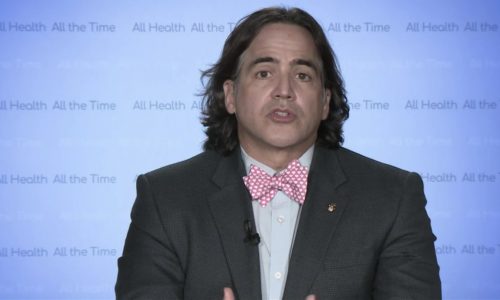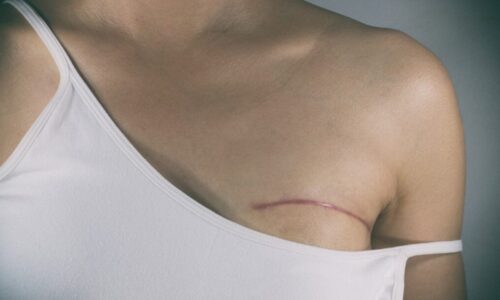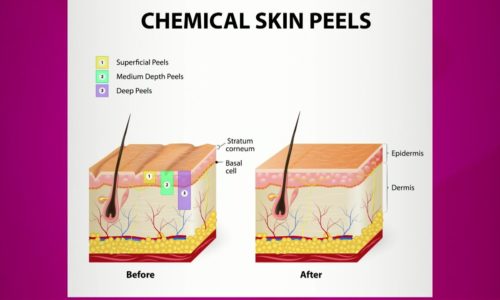Anatomy of a Cosmetic Treatment |
Dr. Max Polo, Plastic Surgeon with Baptist Health South Florida, explains he divides the face into three zones (upper, mid face and lower face) before he does any cosmetic procedure.
The procedure will depend on the expectations of the patient. According to them, surgical or non-surgical options are presented to patient.
For patient’s primary goal, the doctor offers non-surgical options in order to improve their requirements.
Transcript
Let’s go to their 3d image and we want to see what some of these common concerns are for these patients when they come into the office what are they looking at what are we seeing happen to the face and the skin evolve over time so you know when ty and I are assessing a patient who is coming in for aesthetic improvement of changes in the face we basically decide to divide the face into three zones upper face which is going to involve the eyelids the eyebrows the forehead and the transition area between the lower eyelids and the cheeks what we call the mid face involves the cheeks in that transition area with the lower eyelids down to the jawline and then the lower face is going to be the jawline and the neck so you know changes that we see for example we’re talking about non-surgical and surgical options at some point there are changes that our non-surgical treatments are not going to improve adequately and again it’s always about setting patient expectations so the first thing we need to know is what is the patient looking for what outcome are they’re hoping for if we can offer something that’s non-surgical that’s usually going to be in the patient’s primary interest but sometimes those non-surgical options are just not going to get them where they want to be so in the eyelids for example redundant skin in the upper eyelid that we perform a blepharoplasty for there’s not much non-surgical that we do for that the the bags and the puffiness from the bulging fat in the lower eyelids that’s a surgical treatment primarily we can affect the transition between the lower eyelids a tear trough and the cheeks with injectable products as we do with surgery but sometimes if that’s the patient’s primary goal and what they want to improve we can do that with a non-surgical options so you know it goes on and on we’ll talk a little bit more about that about other parts of the face later on I think but that’s the the effect we’re assessing the patient we want to establish what their what their goals are and decide if we can do that non surgically or or if it require surgery you








